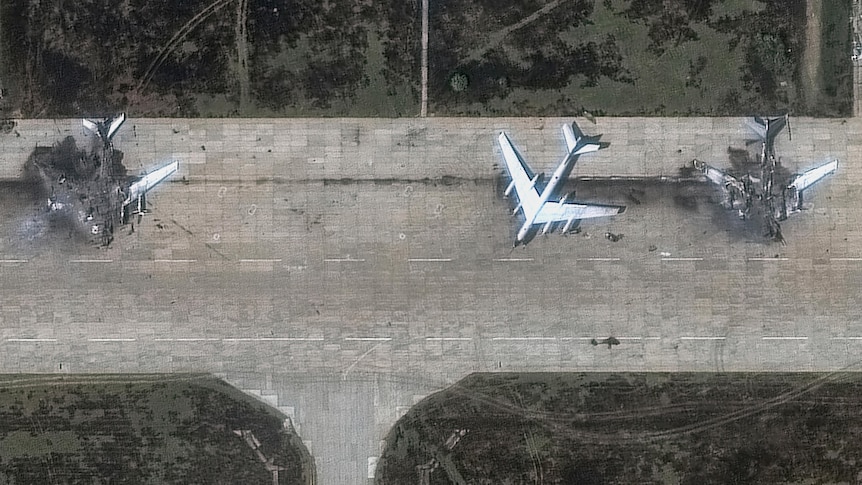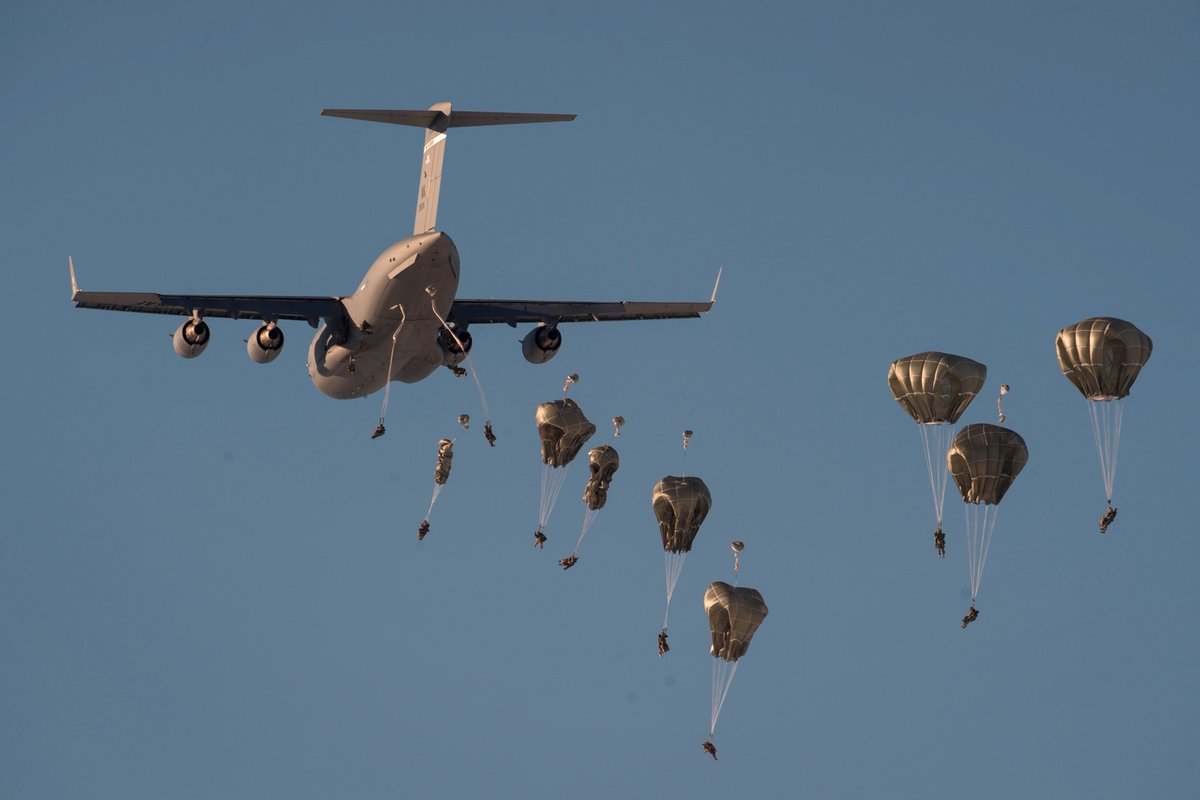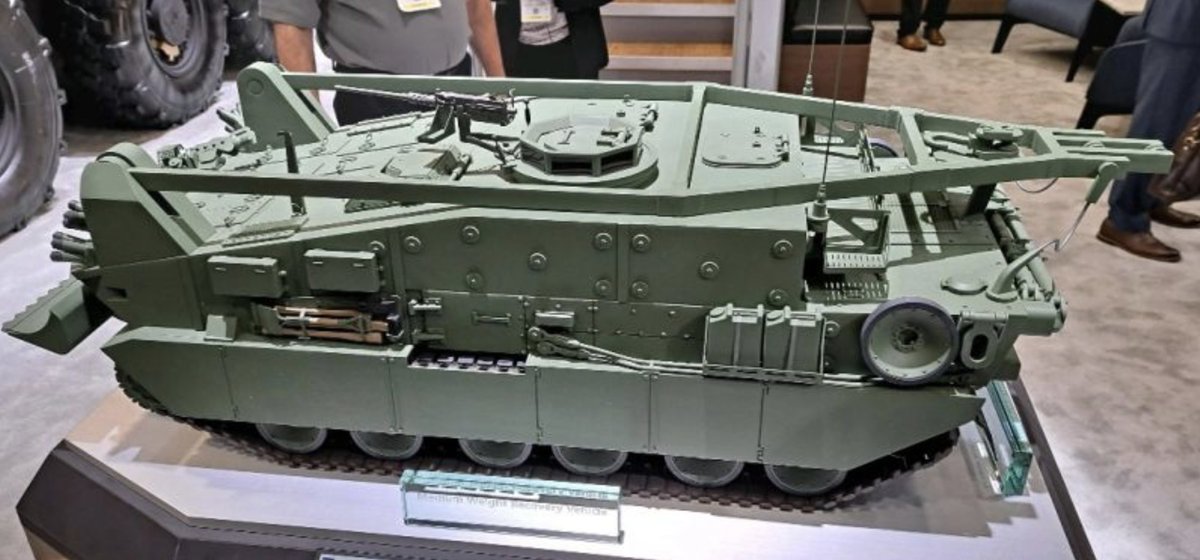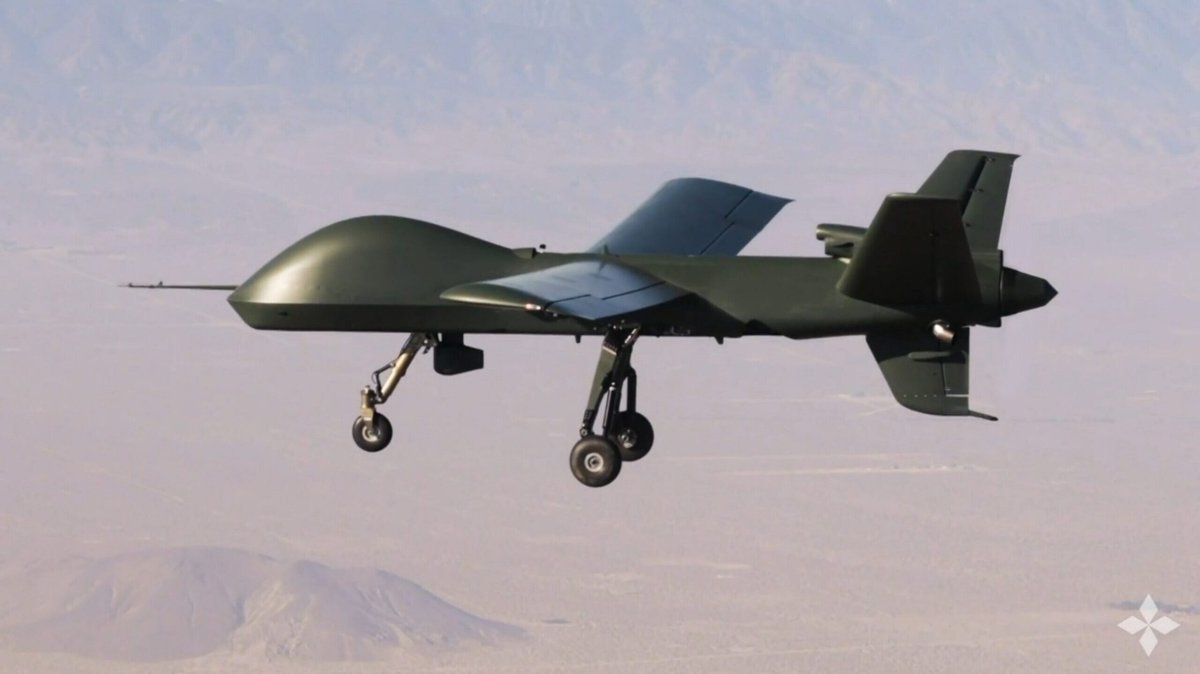The UK Army has been criticised because its 2025 plan is apparently unaffordable. This graphic shows what it set out to achieve: Five brigades including 2 x Strike, 2 x Armoured Infantry and 1 x Air Assault. Everything else was designed to support this core structure. 
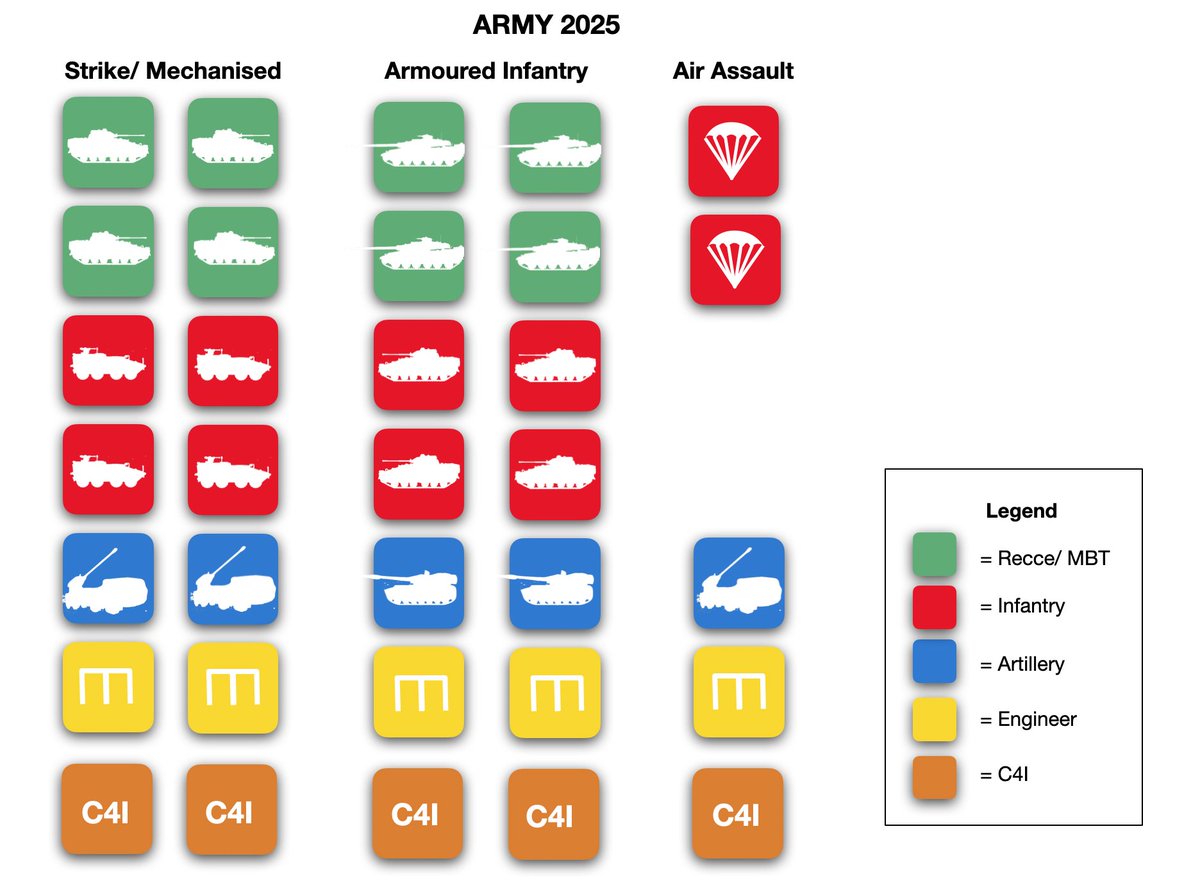
The above structure has been simplified to aid communication. It combines deployability with resilience, flexibility with focus. It enables high intensity warfare against a peer adversary, as well as low level peace support. It is no more than Italy, France and Germany have. 
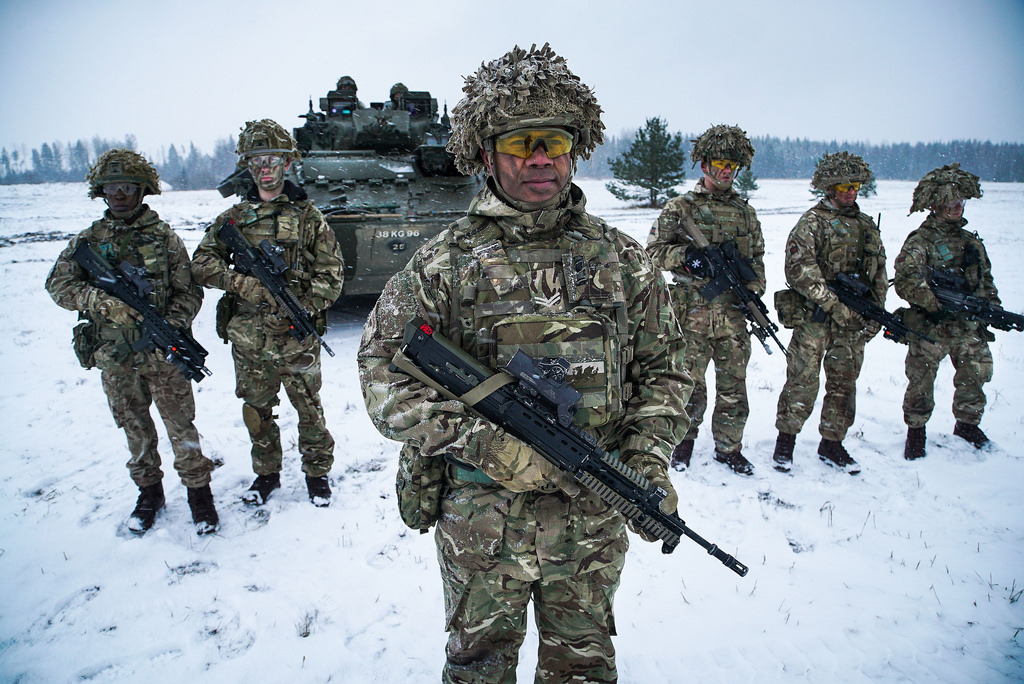
Component elements of the Equipment Plan designed to deliver this are: Ajax, Boxer, Challenger 2 LEP, Warrior CSP, MRVP, Mobile Fires Platform, Morpheus C4I, Apache E, and various minor upgrades. The only problem is we need to acquire everything at the same time. 
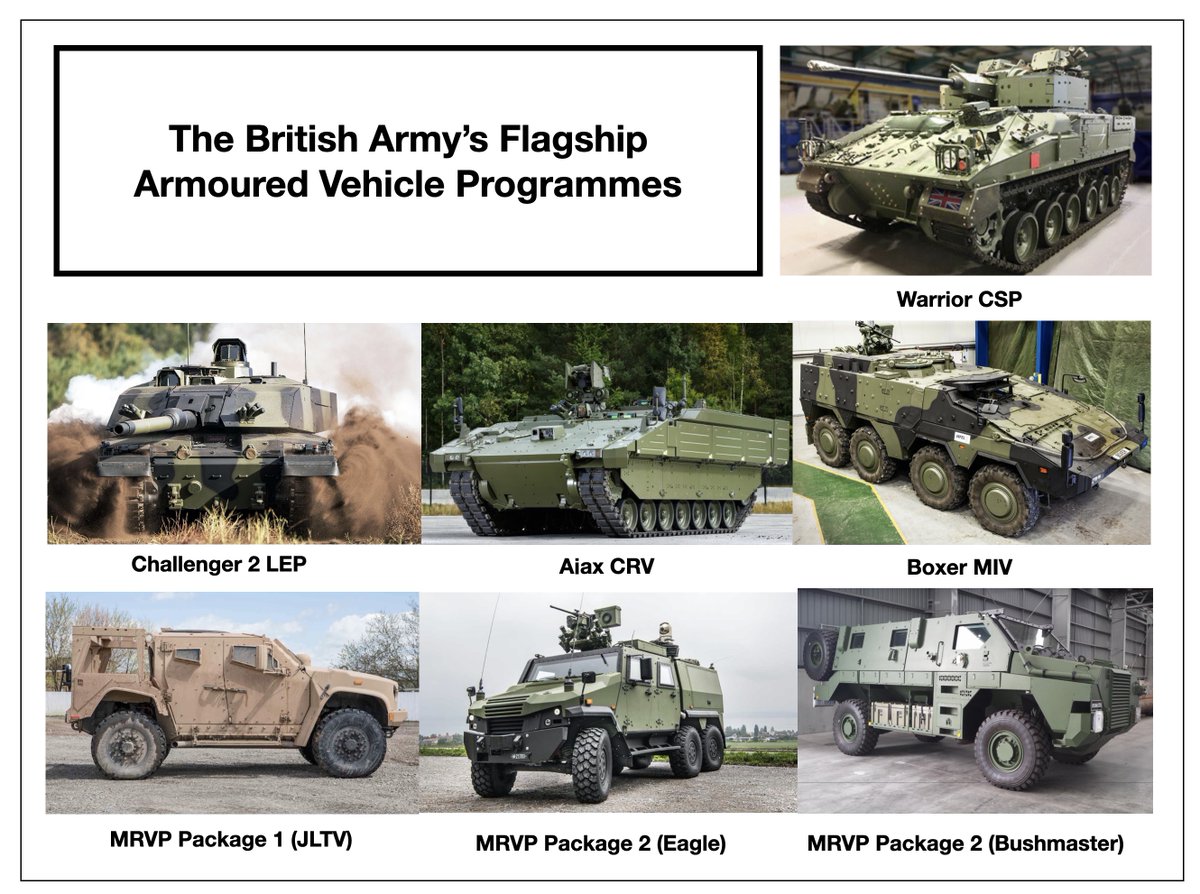
The need for multiple parallel acquisition programmes is because the Army hasn't really been modernised since 1990. And when you postpone regeneration, you eventually reach a point of block obsolescence where everything, even Bulldog, eventually conks out all at once. 
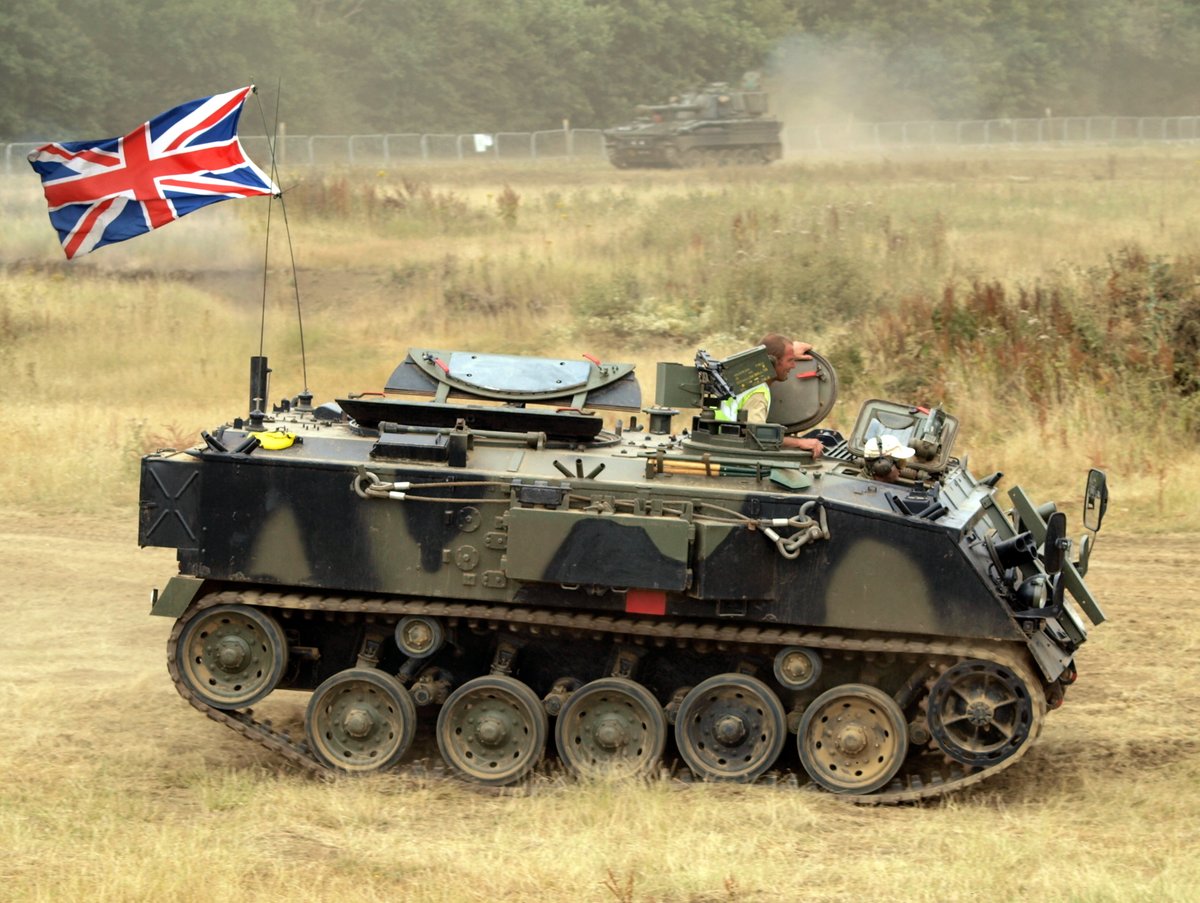
When you need to regenerate your entire portfolio of capabilities simultaneously it become more expensive, difficult and risky. That's before you factor in development problems when introducing technically sophisticated new platforms. 
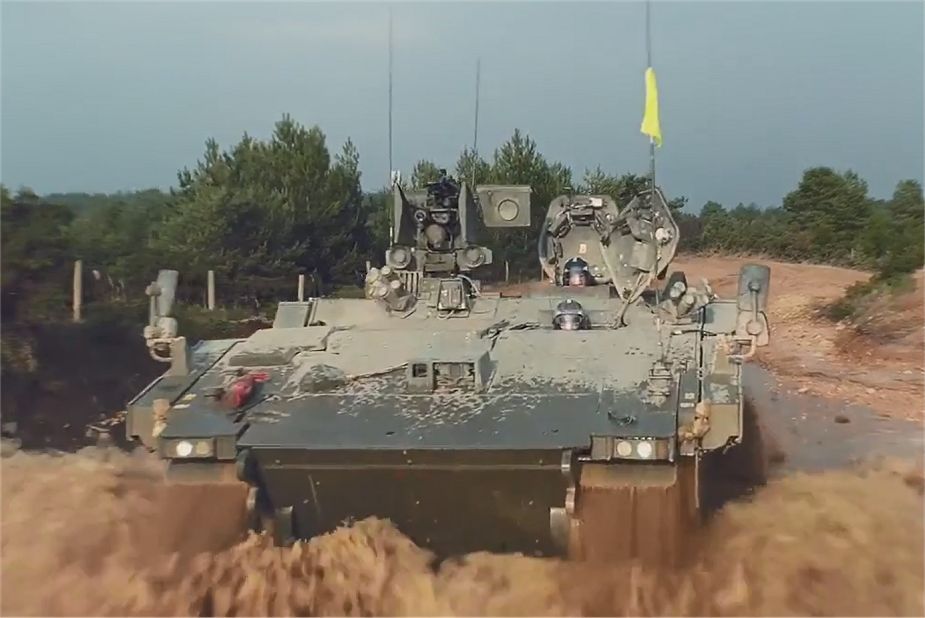
Given the likely impact of Brexit and Covid-19, it is easy to understand why the Army's equipment plan might have become unaffordable. More important, given the evolution of threats since 2010, the IDSR is right to question whether the Army 2025 plan is still viable.
Army 2025 Redux could end-up looking something like this, i.e. a whole brigade lost and Warrior axed or reduced in number. There's no other way to say it, but this would be salami slicing and would likely increase support costs rather than reducing them. 

There must be another way to generate a credible number of brigades? Therefore, it's highly likely that we'll see a reduction in platform types. But, if one platform is lost, it has to be replaced with something else. (The image below is figurative not an actual proposal.) 

While we have some hard choices to make, they could actually make the Army more capable as well as more affordable. Above all, we need a critical mass of fewer platform types:
- Main Battle Tank
- Tracked IFV/ APC/ CRV
- Wheeled IFV/ APC/ CRV
- MRVP
The question is what goes?
- Main Battle Tank
- Tracked IFV/ APC/ CRV
- Wheeled IFV/ APC/ CRV
- MRVP
The question is what goes?
• • •
Missing some Tweet in this thread? You can try to
force a refresh




